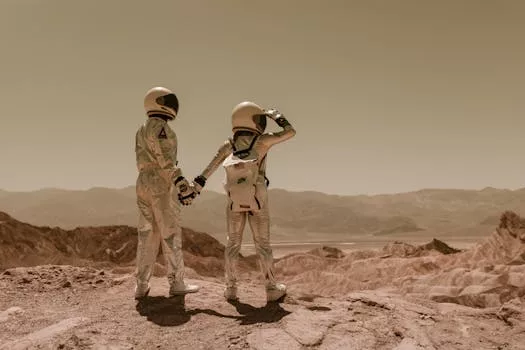
“
From Stardust to Dreams: Imagining Life Beyond the Stars
Introduction to the Cosmos
From Stardust to Dreams: Imagining Life Beyond the Stars is a fascinating topic that has captured human imagination for centuries. As we gaze up at the night sky, we are reminded of the vastness and mysteries of the universe. The cosmos is a complex and intricate system, comprising billions of galaxies, stars, and planets. The formation of our universe is a story that begins with the Big Bang, an event that marked the beginning of space and time as we know it. The universe has been expanding and evolving ever since, with matter condensing into galaxies, stars, and planets. For more insights on this subject, check out The Infinite Universe of Imagination: Beyond Celestial Boundaries.
The Building Blocks of Life
The concept of stardust is rooted in the idea that the elements found on Earth, including those that make up human life, were created within the hearts of stars. These elements, such as carbon, oxygen, and iron, are forged through the process of nuclear fusion, where lighter elements are combined to form heavier ones. When stars reach the end of their life cycle, they explode as supernovae, scattering these elements into space. Over time, these elements are incorporated into new stars, planets, and galaxies, providing the raw materials for life to emerge. This transformative process is beautifully captured in Soaring Through the Cosmos: The Power of Imagination Beyond the Stars.
Imagining Life Beyond Earth
The possibility of life existing beyond Earth is a tantalizing one, with scientists and science fiction writers alike exploring the possibilities of extraterrestrial life. From the discovery of exoplanets, which are planets that orbit stars other than the Sun, to the detection of biosignatures, which are signs of biological activity, the search for life beyond Earth is an active area of research. While we have yet to find definitive evidence of extraterrestrial life, the discovery of water on Mars, the moons of Jupiter and Saturn, and the presence of organic molecules in comets and meteorites, all suggest that the conditions for life may exist elsewhere in the universe. For further exploration of these themes, read Galaxies of Dreams: How Imagination Transcends the Night Sky.
Takeaways
- The universe is a vast and complex system, comprising billions of galaxies, stars, and planets.
- The elements found on Earth, including those that make up human life, were created within the hearts of stars.
- The possibility of life existing beyond Earth is a fascinating and active area of research, with scientists searching for signs of biological activity and the conditions for life to emerge.





